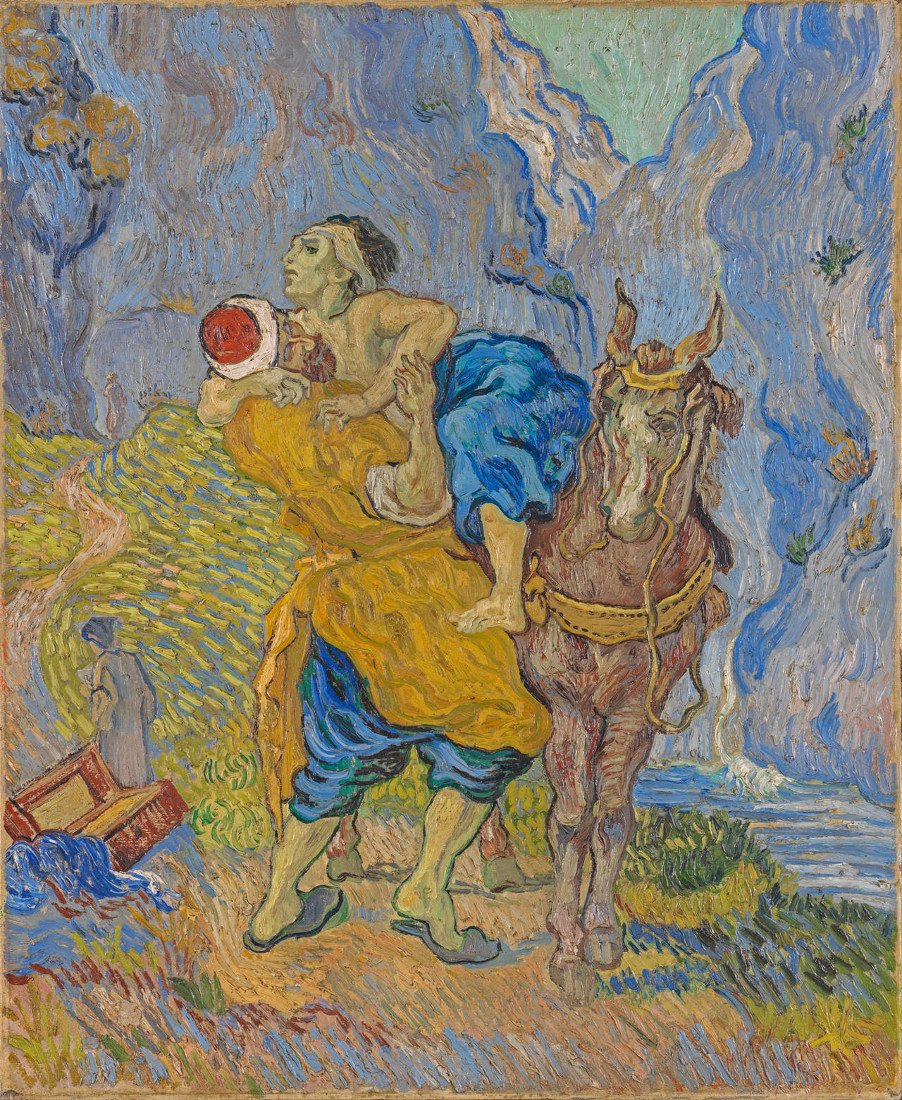How can churches be weak as a means of showing love? If the point (one of them, at least) of the parable of the Good Samaritan is that we show love by being willing to receive help, then how can we love our neighbors today?
It's clear that Jesus sent out the 72 in the beginning of Luke 10 as shoe-less beggars, and that was his chosen evangelistic strategy. Do we dare do the same thing today?
Our modus operani is to swoop in on a community with all the money and all the answers. We have the big building, we have the food for the poor, we have the programs for the families, we have the well-produced worship service. We have people come to us for what they need and we become, in a way, a clearinghouse of services that people can receive.
This has been the mode of the church for centuries. The Catholic Church was, perhaps, the only stable institution in medieval Europe. If anything good was going to happen, it was going to happen because of the power and stability of the church. But, even after the break from Rome in the Reformation, most churches still hold the identity of being the place of power in a community. The building of a steeple is a not-so-subtle reminder to the surrounding people of where the power and the money are located.
But Jesus came along and called his people to eschew the position of power for one of weakness. Priestly robes were exchanged for beggar's rags. The disciples hobbled in to town after town searching for a person who would give them shelter and food. In exchange, they shared the message of Jesus. The news that the kingdom of God was near. I can't help but wonder if the means by which they went out was a stronger proclamation of God's kingdom than the words that they said.
How can you and your church be weak to show love to your community?
Catch up on parts 1, 2 and 3 of this series.


No comments:
Post a Comment